 Audio d-touch is a collection of applications for real-time musical composition and performance, with very special user interfaces. The collection includes a drum machine and a sampling sequencer, both are controlled by spatially arranging physical objects on
Audio d-touch is a collection of applications for real-time musical composition and performance, with very special user interfaces. The collection includes a drum machine and a sampling sequencer, both are controlled by spatially arranging physical objects onan interactive table surface. Each object represents a sound, and its position with respect to the surface is mapped to certain playback parameters. For example, the horizontal position of an object represents the timing of the sound. The system is extremely low cost
and now it can be freely and fully downloaded from http://www.d-touch.org/audio. All is needed to get audio d-touch to work is a standard computer (PC or Mac) with a webcam and a printer.
The audio d-touch interactive surface consists of a simple printed piece of paper. The movable physical objects are marked using labels, also printed on normal paper. The computer observes the blocks and the paper through a low cost web-cam, and thanks to the d-touch marker recognition algorithm it can localize them precisely. The information about the position and orientation of each block is used to control a digital audio synthesis process. The system was designed to be extremely low cost, robust and easy to set up, which makes it possible to fully and freely release it for download.
 In the research field of computer interfaces the audio d-touch interface is known as a tangible user interface: physical objects are used for the control and representation of digital information. While tangible interfaces have been well known in academic research circles for some 15 years, audio d-touch is the first attempt to make them accessible to a larger audience, requiring only products that are available in any local computer store. Audio d-touch allows people to set up and to use tangible interfaces in their own home, office, recording studio, or wherever else they like.
In the research field of computer interfaces the audio d-touch interface is known as a tangible user interface: physical objects are used for the control and representation of digital information. While tangible interfaces have been well known in academic research circles for some 15 years, audio d-touch is the first attempt to make them accessible to a larger audience, requiring only products that are available in any local computer store. Audio d-touch allows people to set up and to use tangible interfaces in their own home, office, recording studio, or wherever else they like.The release of audio d-touch is itself part of a research project about novel computer interfaces. Our aim is to advance the field by gaining insight on how tangible interfaces may be used in the real world. Please help us by trying out the applications, letting us know what you think and spreading the word about audio d-touch! To inform our research we remotely record usage data from the system, in the respect of our users' privacy: we do not record images, but only the positions of the objects in the interface and the sounds recorded on them (all details are available on the download page on d-touch.org).
 The design of audio d-touch was inspired and motivated by a passion for electronic music (electronica) and minimalism shared by Enrico Costanza and Simon Shelley: the
The design of audio d-touch was inspired and motivated by a passion for electronic music (electronica) and minimalism shared by Enrico Costanza and Simon Shelley: thecollaboration resulted in the incredibly fast production of a number of prototypes in 2003, thanks also to the great encouragement that they received from the Media Engineering Group at the University of York. In the following years Enrico continued to develop audio d- touch as a side activity, while his day job as researcher at Media Lab Europe and MIT Media lab focused on mobile devices. Part of the original d-touch recognition system was adopted by the colleagues and friends developing Reactable at UPF in Barcelona. In 2006 the Italian composer and cellist Giovanni Sollima became interested in the sequencer and has used it in a number of public performances right up until the present day. In early 2009 Matteo Giaccone and Olivier Küng joined Enrico, who in the meantime had moved to the Media and Design lab at EPFL, and their enthusiasm and technical contribution was key for making audio d-touch truly multi-platform and available for download.
For more information, high resolution photos, videos, and to download the full working
system please visit http://www.d-touch.org/audio.
August 17 2009"
some videos previously posted:
d-touch drum machine and sequencer
YouTube via audiodtouch. more vids
"2 low cost tangible interfaces for music fully and freely available for download. More info and installers at: http://d-touch.org/audio"
d-touch Drum Machine with walnuts
YouTube via audiodtouch. follow-up to this post.
"Build a drum machine using walnuts and d-touch drum machine
More info at: http://d-touch.org/audio"
d-touch Drum Machine
YouTube via audiodtouch
"Promo video of d-touch Drum Machine, a low cost tangible drum machine!
More info at: http://d-touch.org/audio"
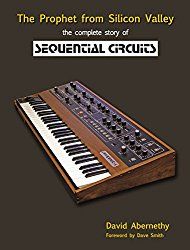
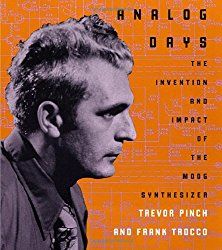
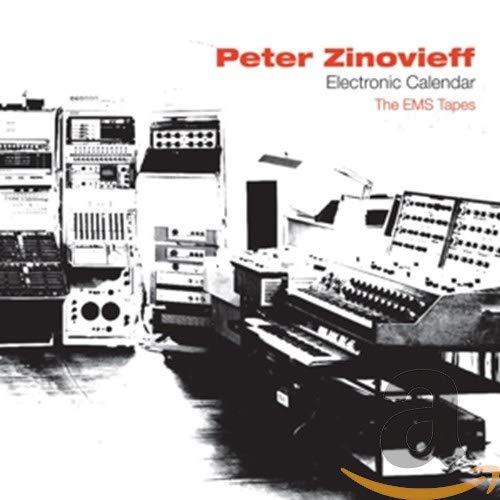
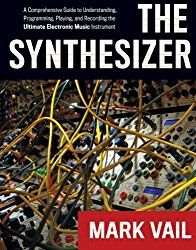
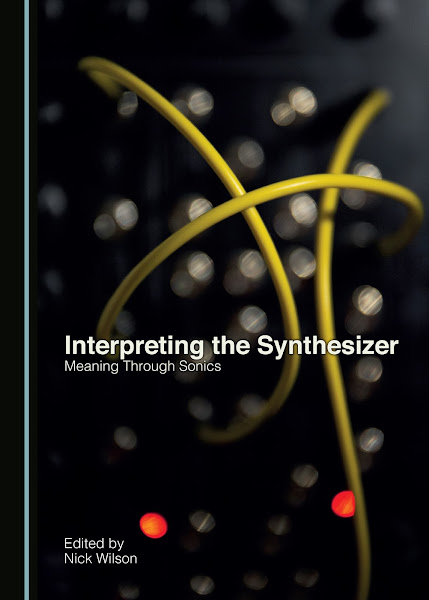
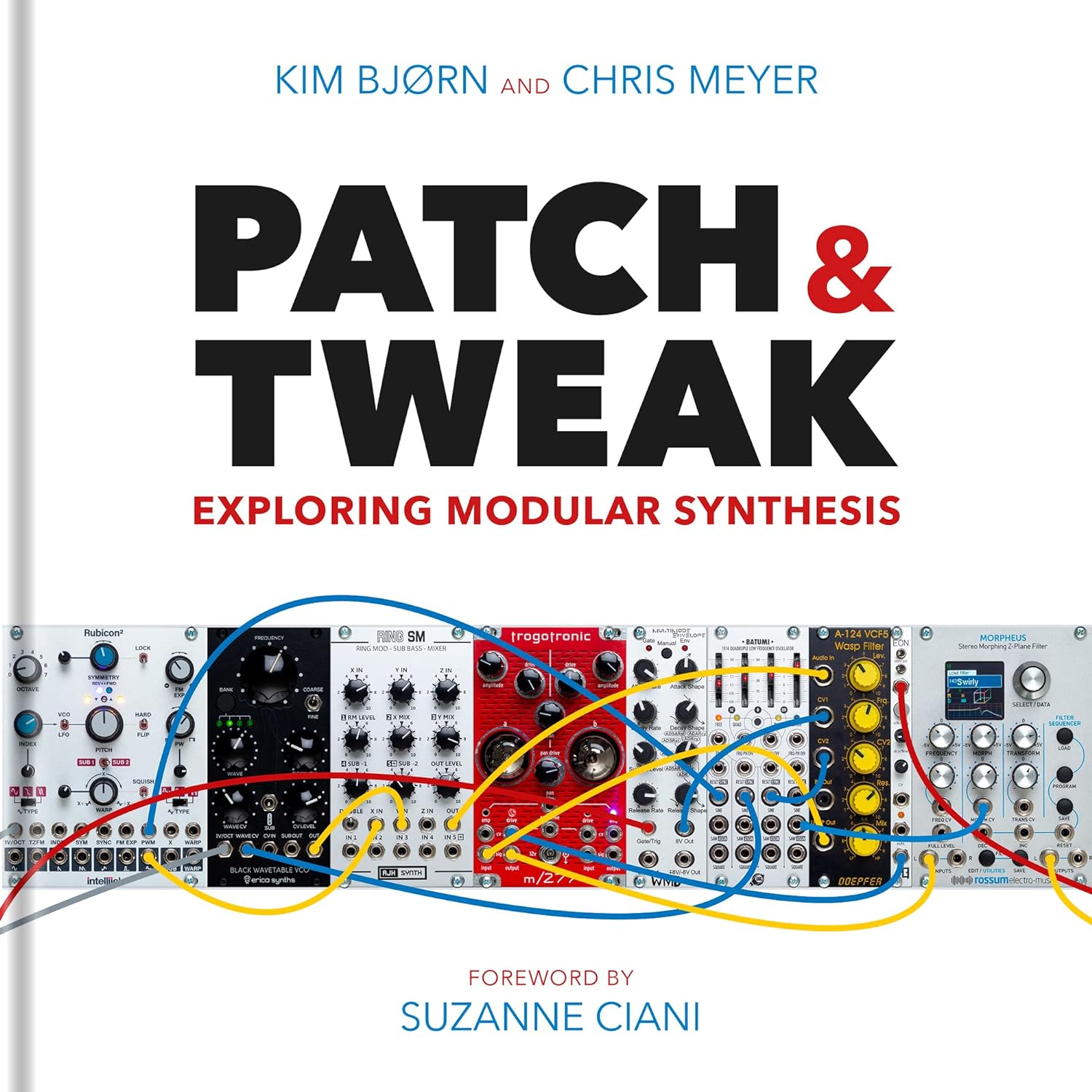
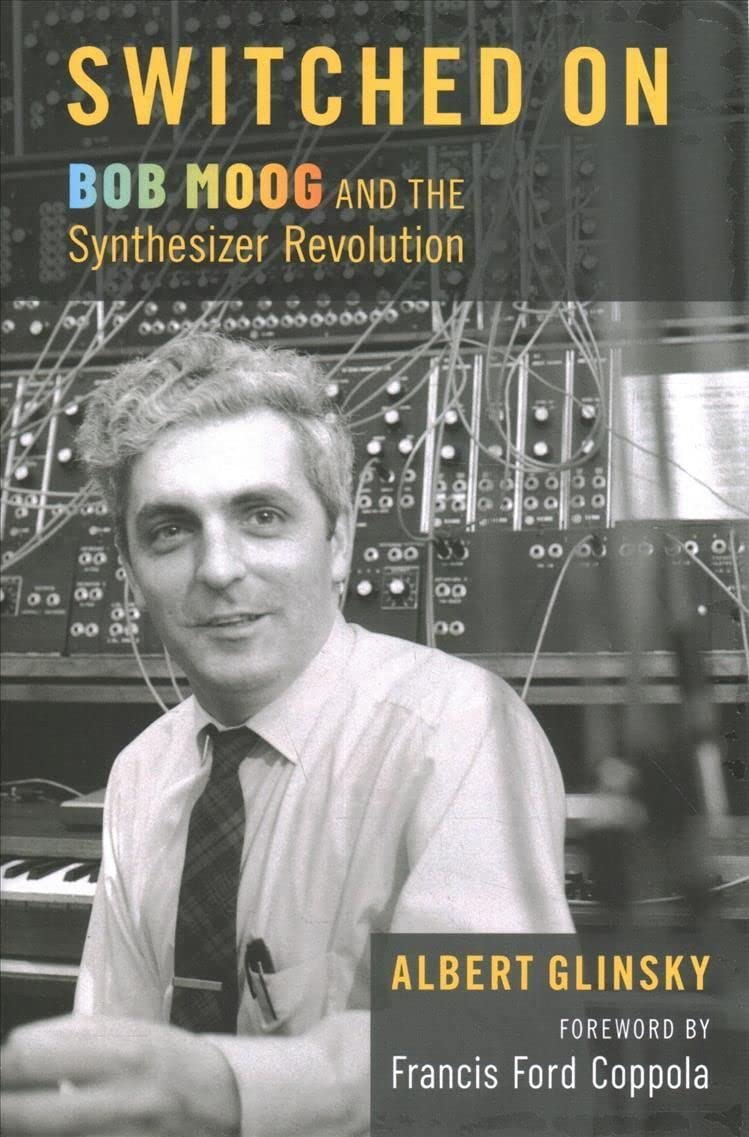
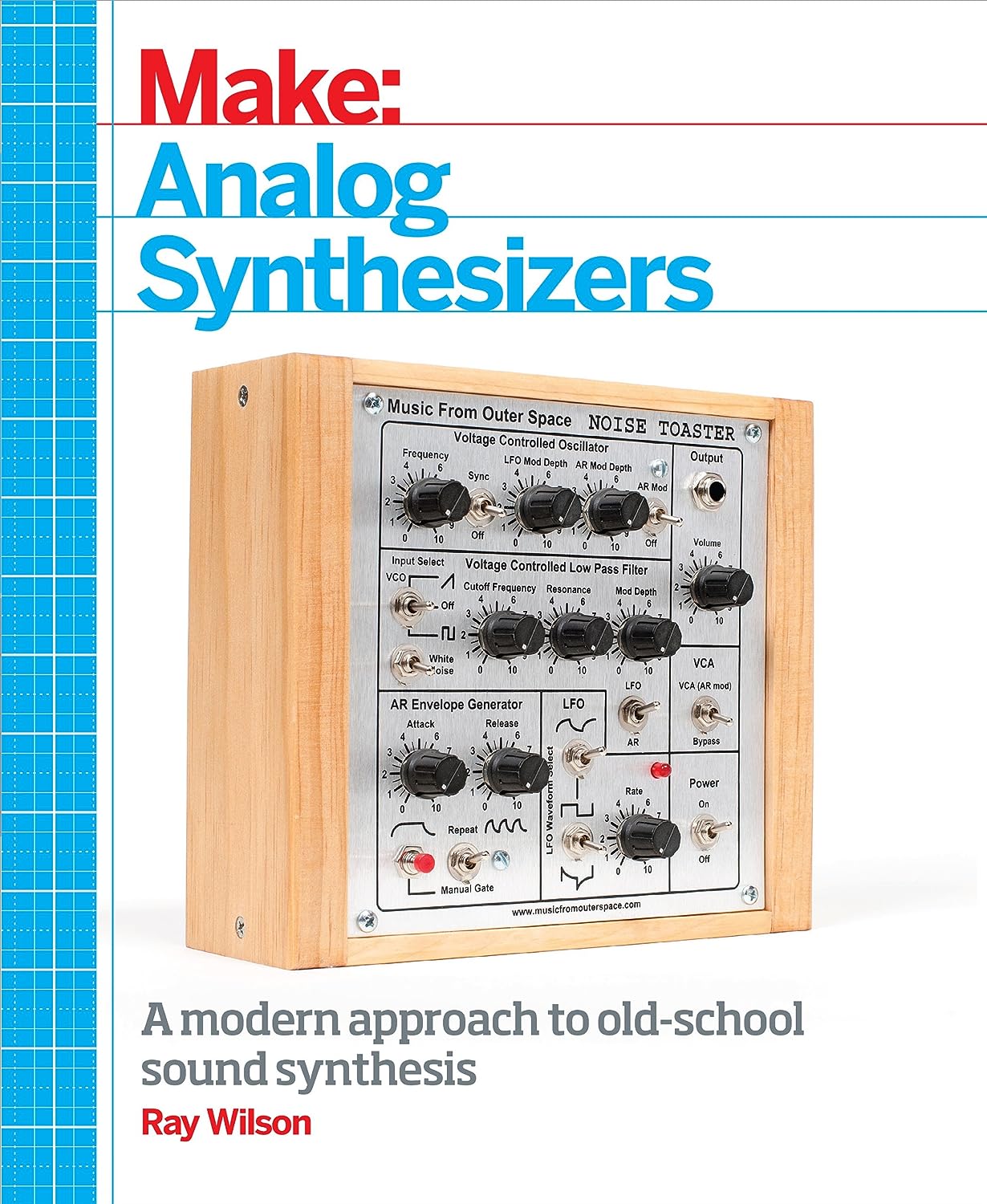
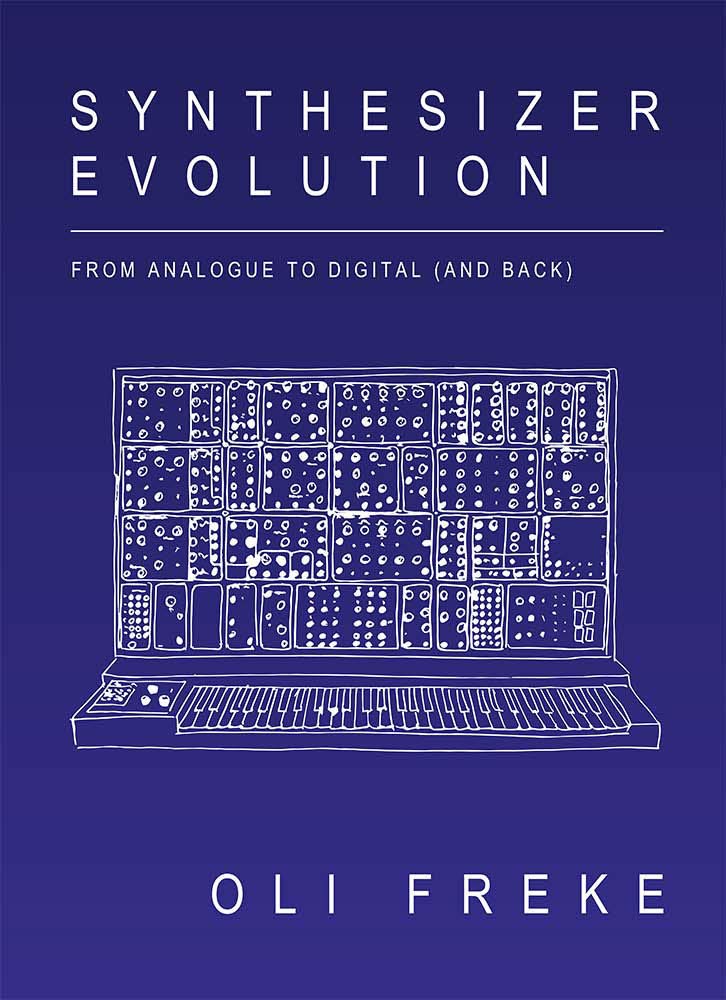
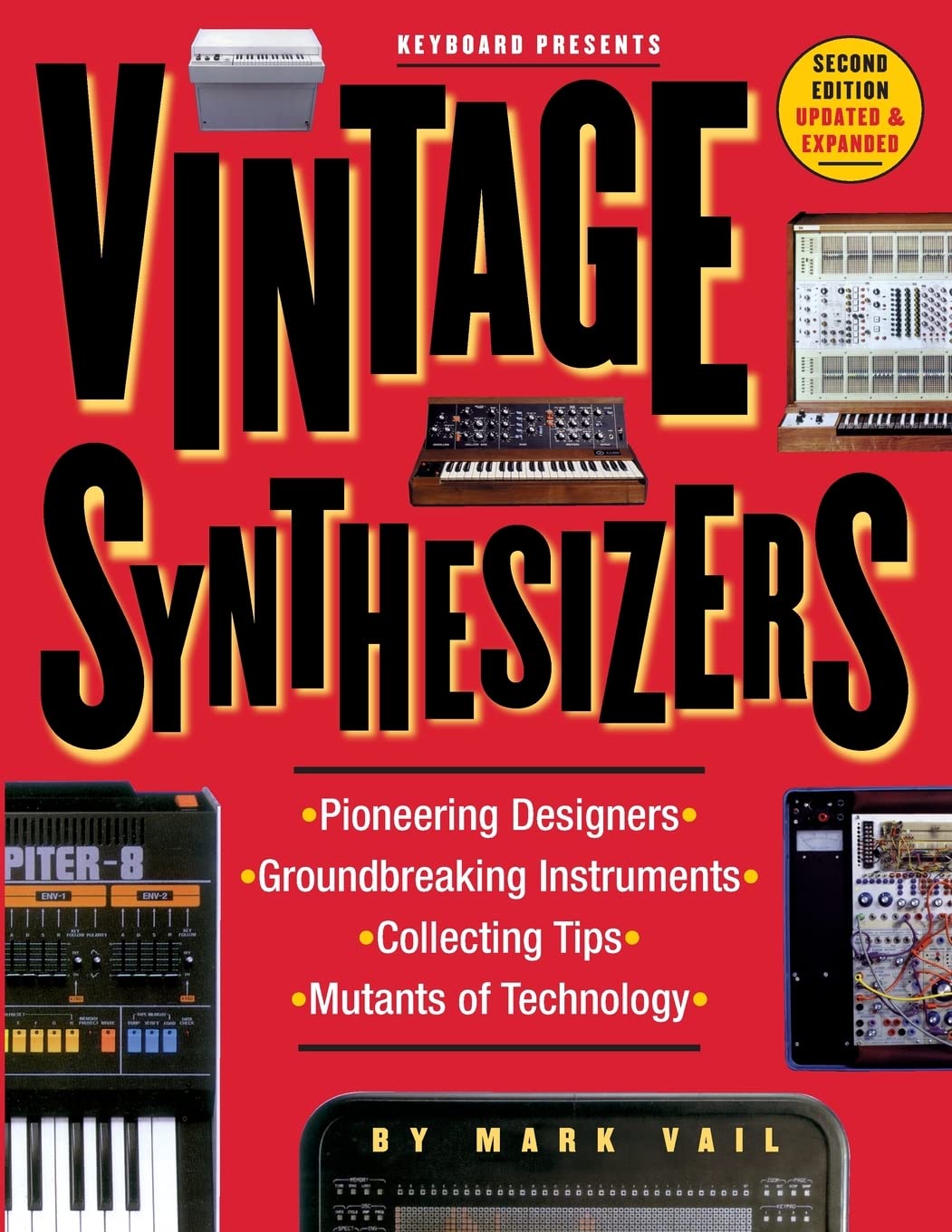
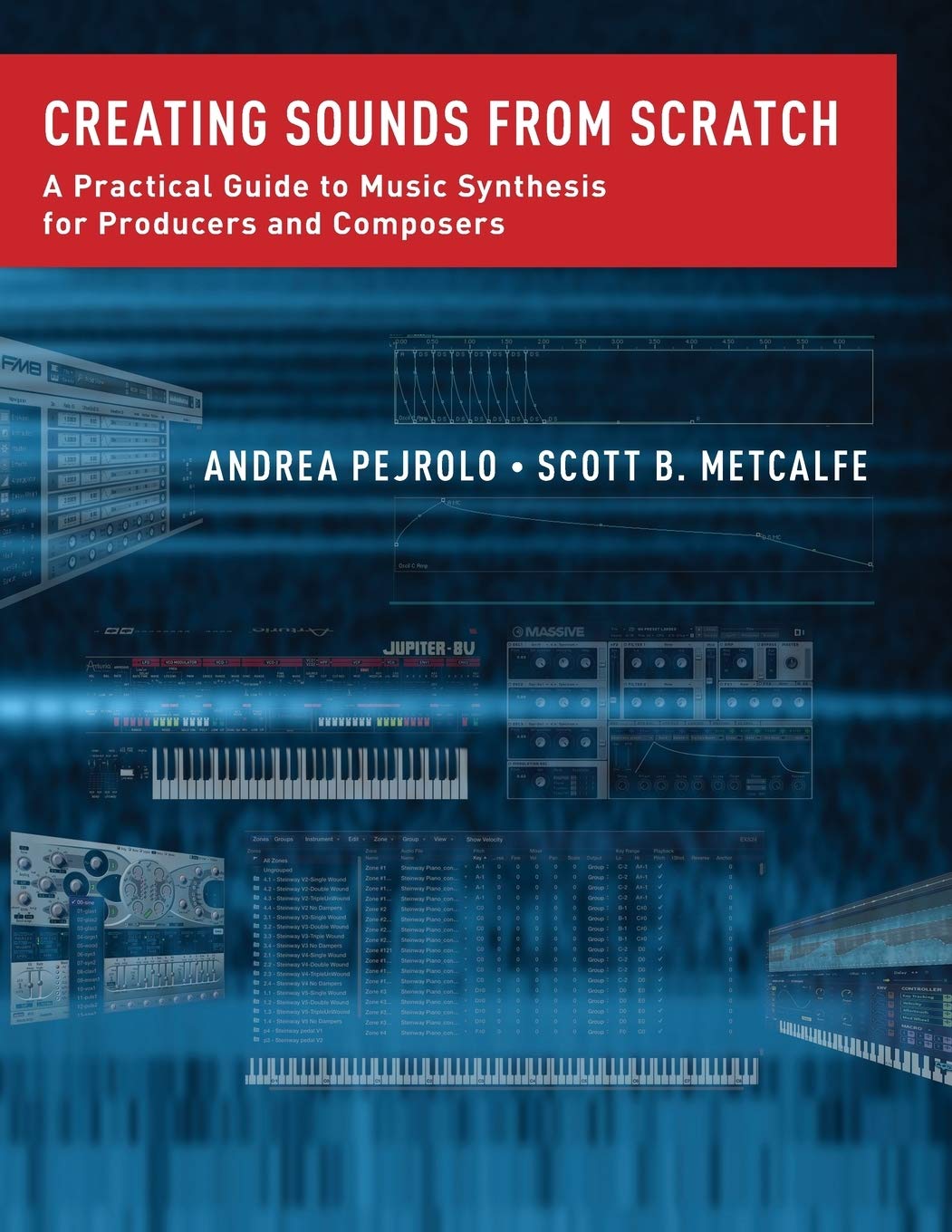
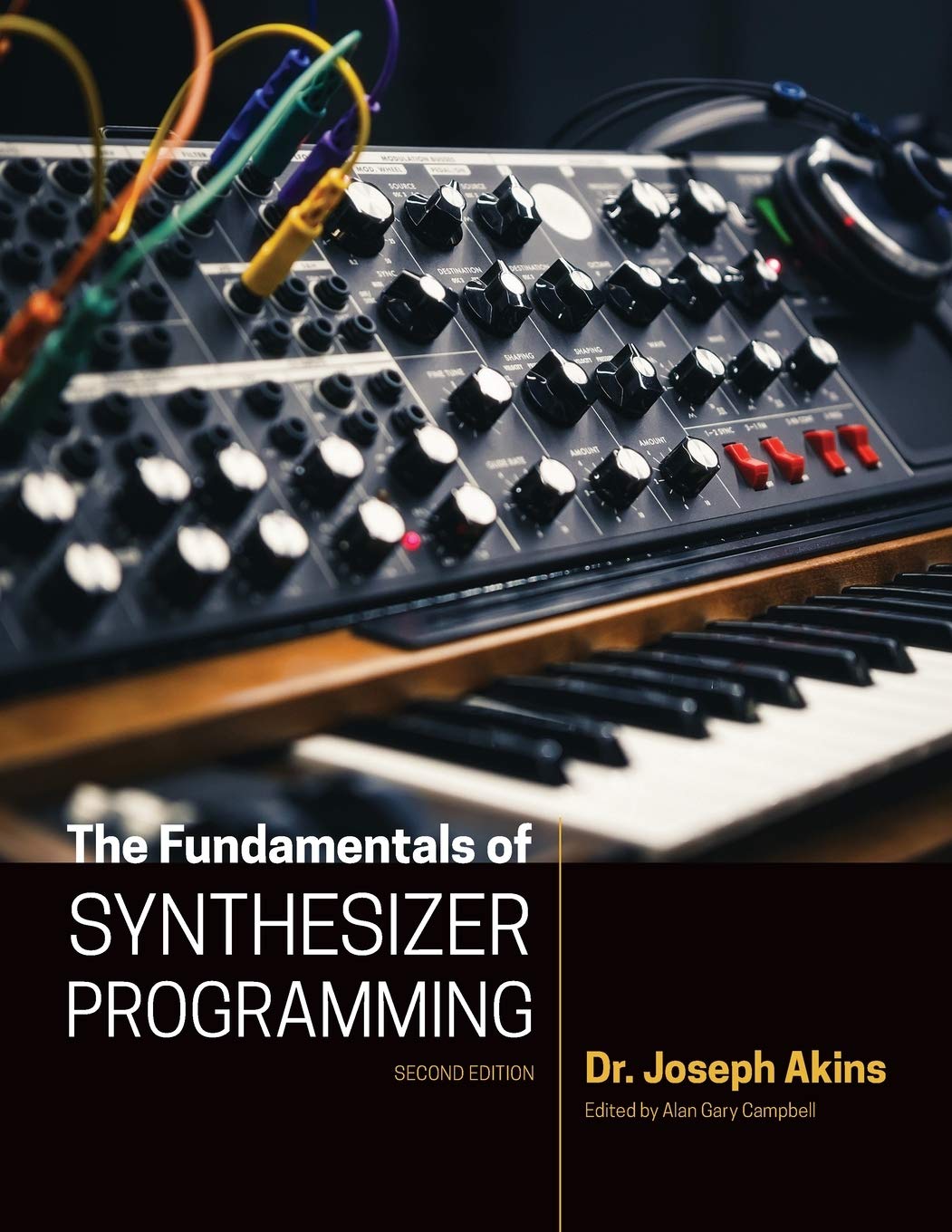















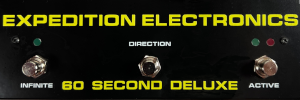
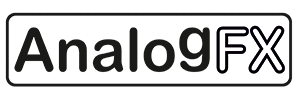









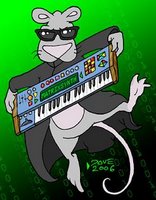
I am definitely going to try this out!
ReplyDeleteIt reminds me a bit of a "poor man's reactable."